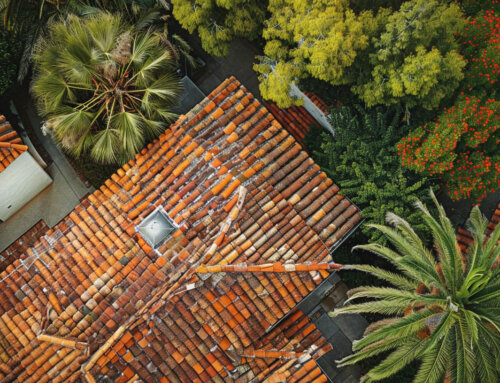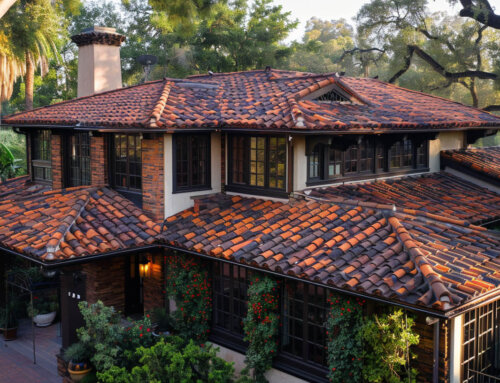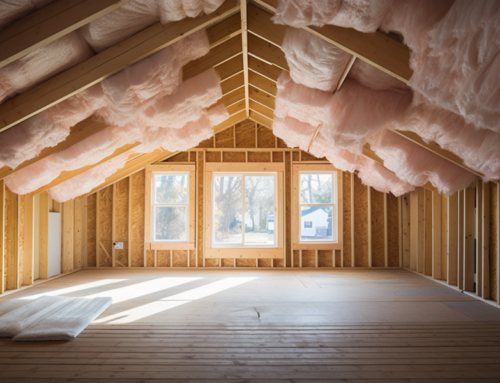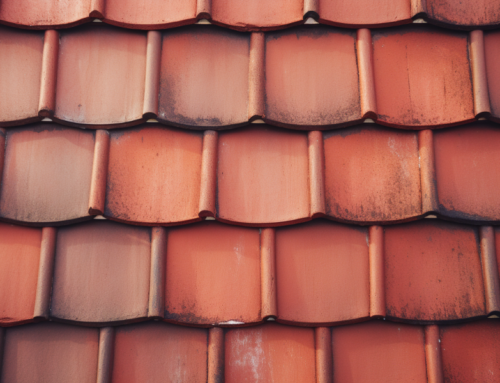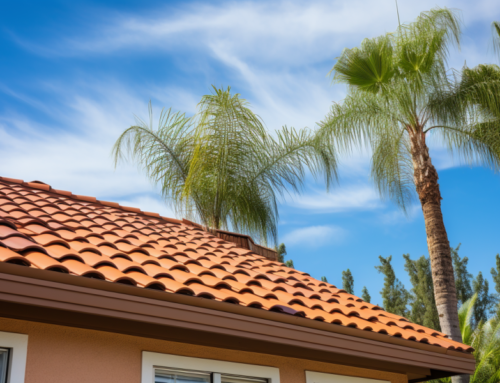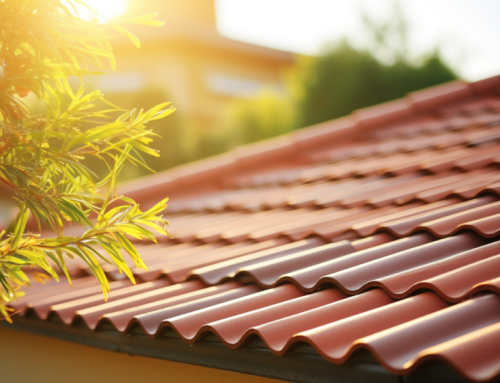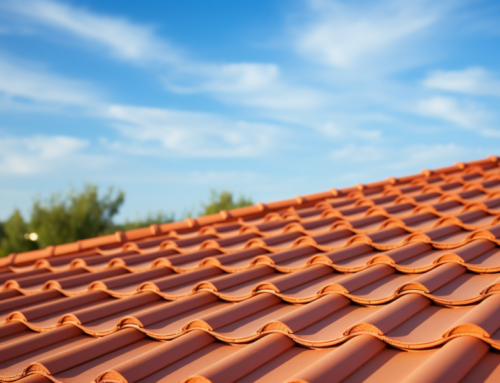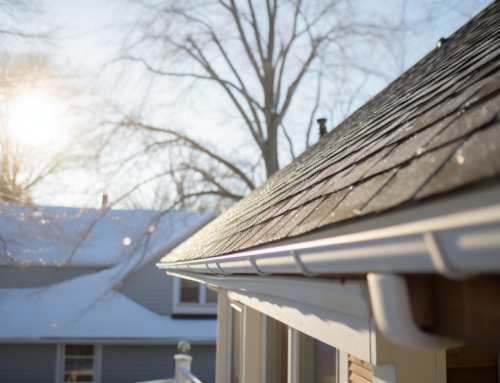Roofing plays a pivotal role in safeguarding homes from various climatic conditions. The choice of roofing material should not only complement the architectural design but also cater to the specific climatic challenges of the region. Here, we delve into the nuances of choosing the right roofing material tailored to different climates.
Hot and Arid Regions: Embrace Reflective Solutions
In scorching and dry areas, the primary objective is to deflect the sun’s intense rays and curtail heat absorption.
Materials to Opt For:
- Light-hued or ‘cool’ roofs
- Metal roofing endowed with reflective coatings
- Clay or slate tiles
Materials to Sidestep:
- Dark-hued asphalt shingles, notorious for heat retention.
Humid and Rainy Climates: Prioritize Ventilation
Regions with consistent humidity and rainfall necessitate roofs that can thwart moisture while ensuring proper ventilation.
Materials to Opt For:
- Natural constituents like clay, slate, and terra cotta tiles
- Metal roofing with rust-resistant coatings
Materials to Sidestep:
- Wood shingles, unless they are moisture-resistant.
Cold and Wintry Regions: Focus on Insulation
Cold areas require roofing solutions that provide insulation and can bear the brunt of heavy snowfall.
Materials to Opt For:
- Dark-hued asphalt shingles
- Metal roofs equipped with snow guards
- Slate tiles
Materials to Sidestep:
- Flimsy materials susceptible to snow’s weight.
Coastal Areas: Combat the Saline Breeze
Proximity to the sea brings with it the challenge of saline air, demanding robust and corrosion-resistant roofing solutions.
Materials to Opt For:
- Aluminum or galvanized steel metal roofs
- Treated cedarwood shingles or shakes
Materials to Sidestep:
- Metals prone to rapid corrosion.
Mixed Climate Zones: Seek Adaptability
Regions that witness a blend of all seasons require versatile roofing materials.
Materials to Opt For:
- Asphalt shingles, revered for their adaptability
- Composite roofing materials
Materials to Sidestep:
- Materials tailored for specific climatic conditions.
Harness Local Expertise
While general climate categories are essential, the microclimates and distinct weather patterns of a region can significantly influence roofing choices. Engaging with local expertise, such as San Diego County Roofing & Solar, can offer insights tailored to the specific needs of a region, ensuring a more refined approach to material selection.
The Imperative of Regular Maintenance
Regardless of the chosen material, periodic maintenance is paramount. Even the most aptly chosen roofing material can deteriorate without regular inspections, especially post-extreme weather events. Engaging professionals like San Diego County Roofing & Solar for an annual assessment is prudent.
Balancing Budgetary Constraints
While climatic considerations are paramount, budgetary constraints cannot be overlooked. Some materials, albeit perfect for specific climates, might strain the finances. Exploring innovative composite materials can strike a balance between cost, durability, and climatic suitability.
Embracing Sustainable Choices
In today’s eco-conscious era, the environmental ramifications of our decisions are pivotal. Opting for sustainable roofing materials not only benefits the environment but also enhances the overall efficiency of homes.
Materials to Opt For:
- Green roofs adorned with vegetation
- Recycled shingles crafted from post-consumer waste
Materials to Sidestep:
- Non-recyclable materials.
Navigating Technological Innovations
The roofing domain is witnessing a slew of technological advancements, offering enhanced durability and energy efficiency.
Materials to Opt For:
- Solar shingles, a fusion of solar panels and traditional shingles
- Highly reflective roofing materials
Materials to Sidestep:
- Outmoded materials devoid of the latest protective features.
In Conclusion
The art of choosing the right roofing material transcends mere aesthetic appeal; it’s about aligning it with the region’s climate to guarantee durability and efficiency. A judicious selection ensures homeowners enjoy tranquility, safety, and an unwavering shield against the elements.



